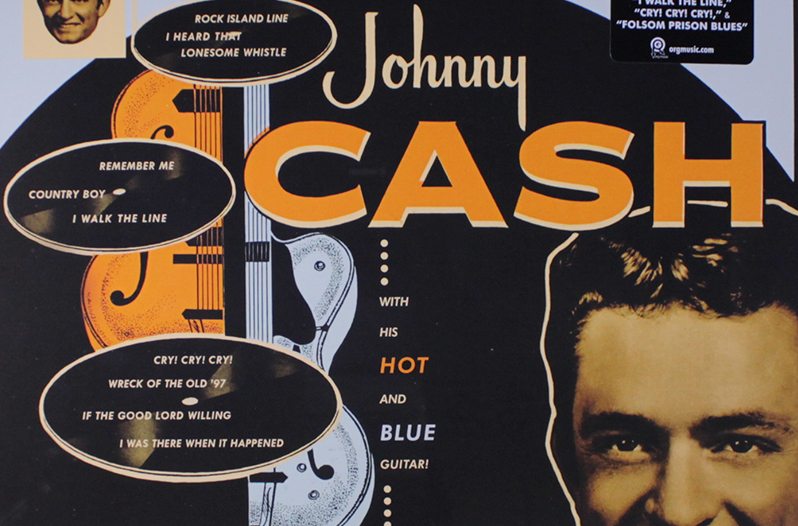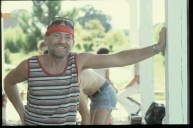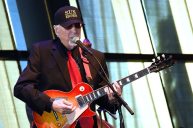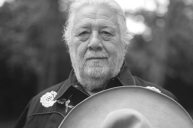Each week for the next year, Wide Open Country is highlighting a country album that played a pivotal role in the genre. These records come from every corner and decade of the genre: from classic country, to the outlaw movement, to modern mainstream hitmakers and everything in between. But the one thing they have in common? They deserve a deeper listen, from front to back.
Week One: Johnny Cash, With His Hot And Blue Guitar!
Johnny Cash is a musical giant and a forefather of country music. He also popularized rockabilly and shattered the "wholesome country boy" image. Honestly, it can be almost daunting to try and take in the scope of his work. So to keep it simple, start at the beginning.
Why With His Hot And Blue Guitar! Is Important: For starters, Johnny Cash's first record was also among the first full LPs released by Sun Records. As you've probably heard, Sun Records birthed artists like Elvis Presley, Cash, Roy Orbison and Jerry Lee Lewis.
His first songs from the record came in 1955, though the full album didn't hit shelves until 1957. As a commercial record, With His Hot And Blue Guitar! performed well. Four singles, including "Cry Cry Cry," "Folsom Prison Blues," "So Doggone Lonesome" and "I Walk The Line," all took off at radio, with Cash's brooding baritone serving as a welcome reprieve from the usual tinny radio sound.
For Sun Records founder Sam Phillips, it wasn't much of a surprise. He loved rhythm and blues and was instrumental in steering Cash away from his original gospel sound. Cash brought lyrically dark themes to traditionally religious melodies and wrapped them around a sound borrowing from rock and roll and African rhythms. To some, it was blasphemous. But it made the kids shake their hips.
What To Listen For: Though early in his career, Cash made several deliberate decisions that eventually defined him. In many cases, they were distinctly "not country" choices. For starters, hear that percussive clicking on songs like "I Walk The Line"? Cash put a piece of paper between his strings to embellish the sound. At the time, country music didn't have drums (the Grand Ole Opry didn't even allow them on stage).
http://gph.is/2qQdBPf
It was about as close as an artist could go to get away with drums. But a few short years later Cash said to hell with it. He added drums to songs like "Get Rhythm" and never looked back. Interestingly enough, his unique picking pattern was meant to imitate the sound of a train passing. That imagery ultimately inspired one of the most-used rhythm patterns in music, known as the "train beat."
Also pay attention to Cash holding on to his gospel roots on songs like "I Was There When It Happened." It's a sound Cash never really let go of, despite all the success with his songs of murder, prison and abandonment.
Final Take: There's a reason so many people point to Johnny Cash as an influence. Even today, his sound is often imitated but never duplicated. Understanding where Cash came from helps you appreciate the breadth of his later American series albums, too.
Despite now owning the title as one of country's most important artists, he wrote and performed songs that country traditionalists rejected. It's a theme that persists even today, and one you can appreciate much more after diving into his first full record, With His Hot And Blue Guitar!




